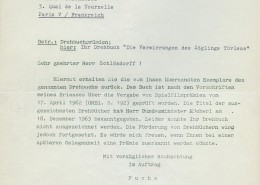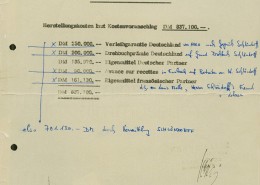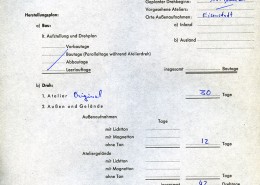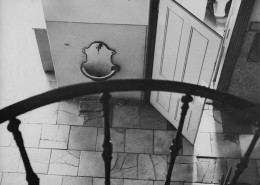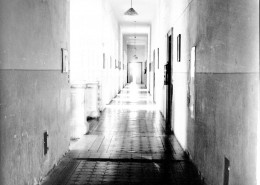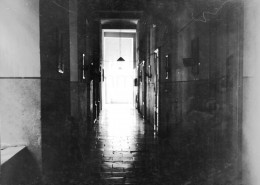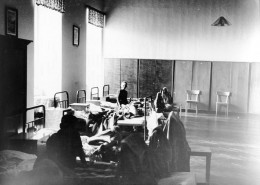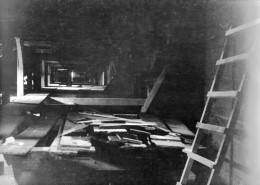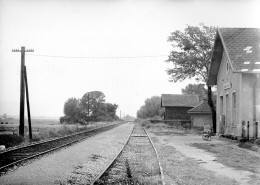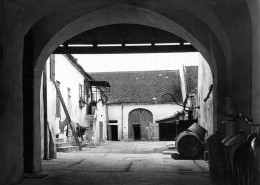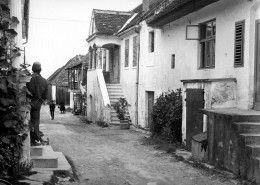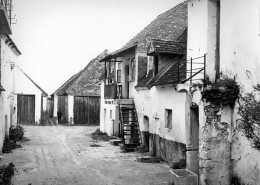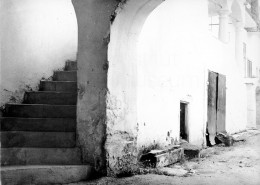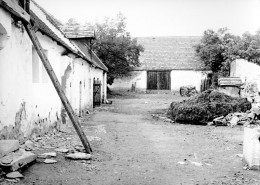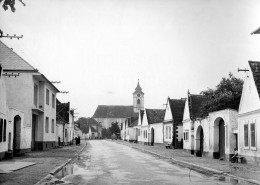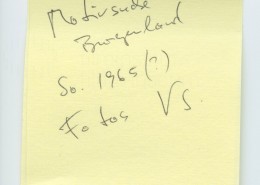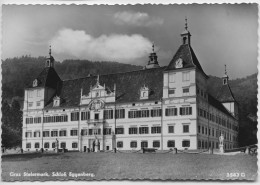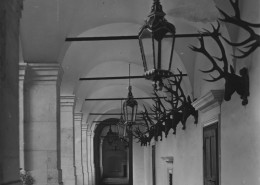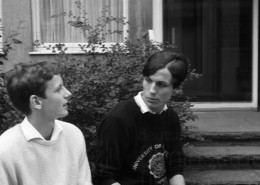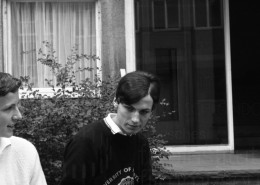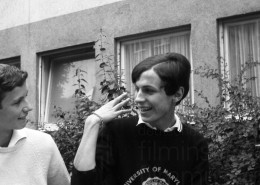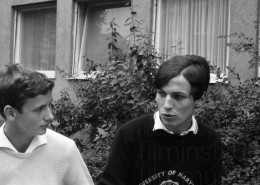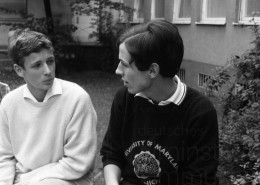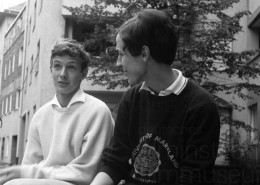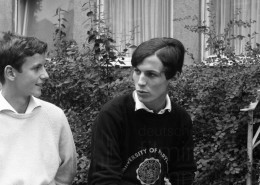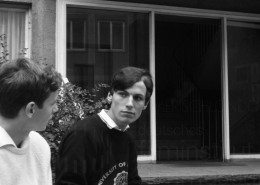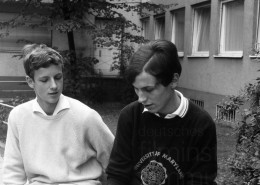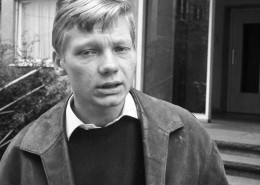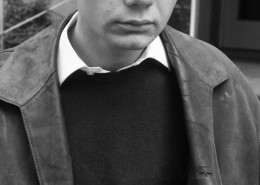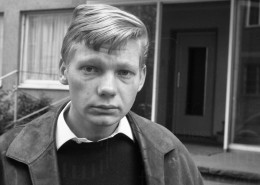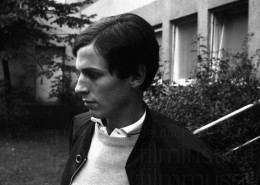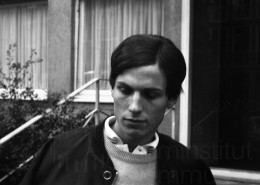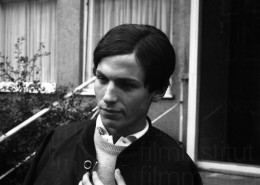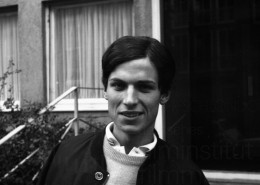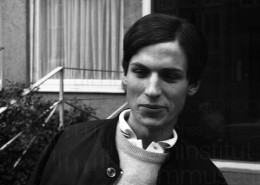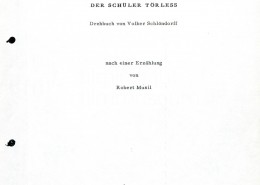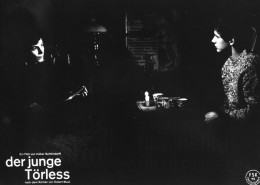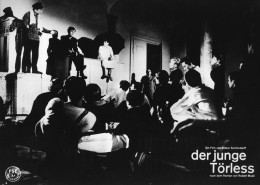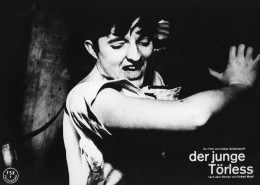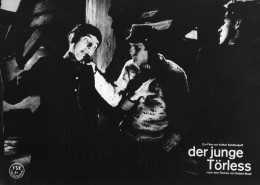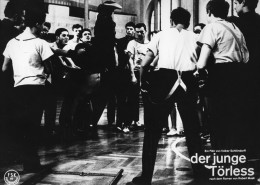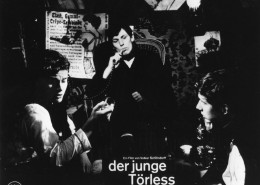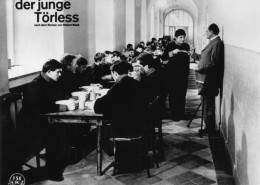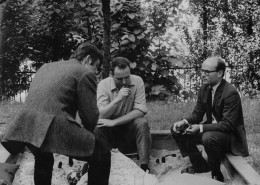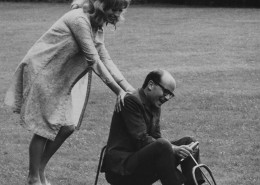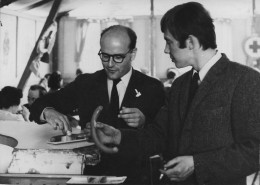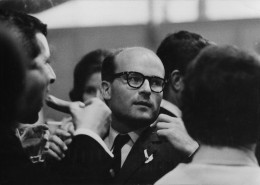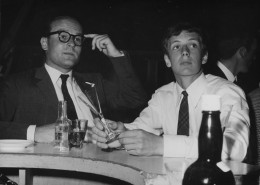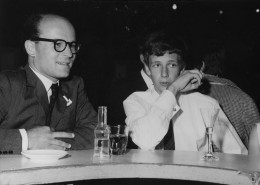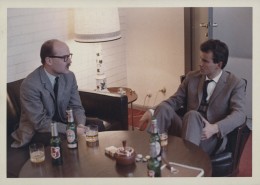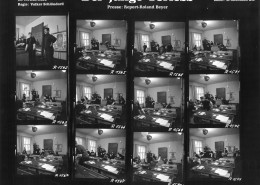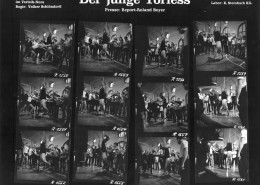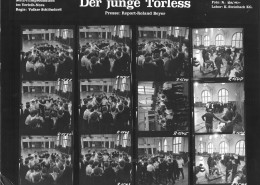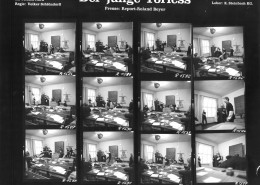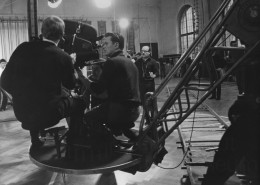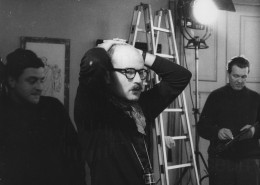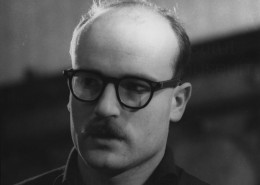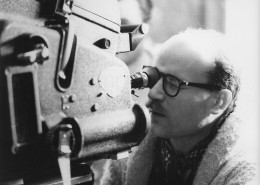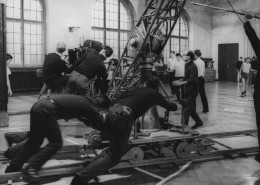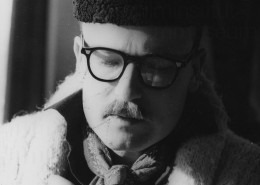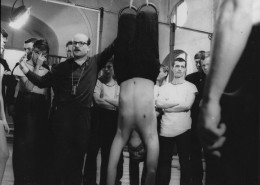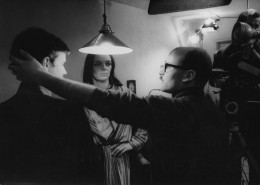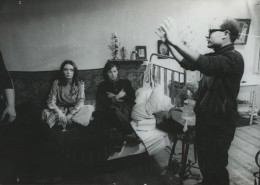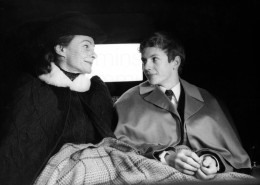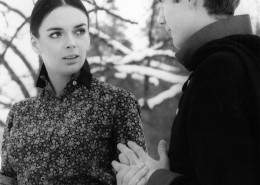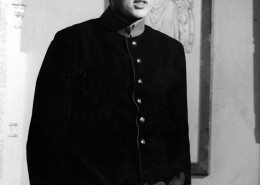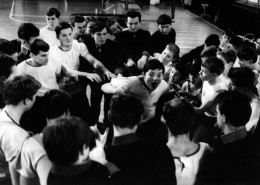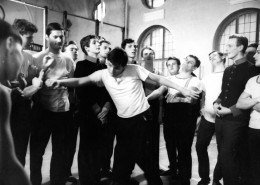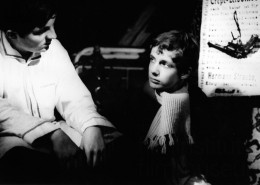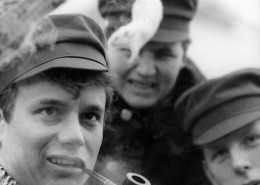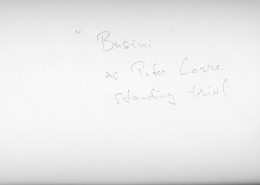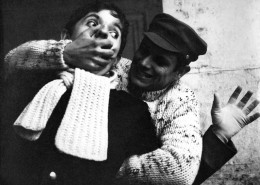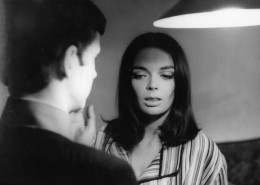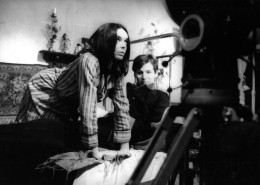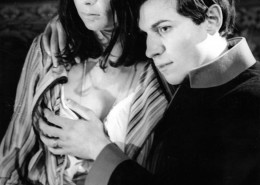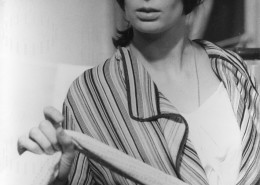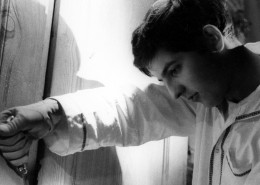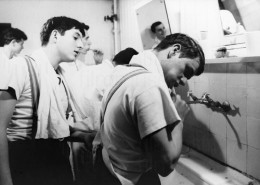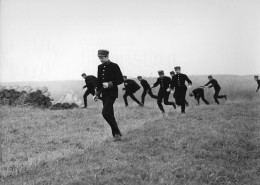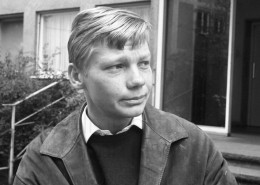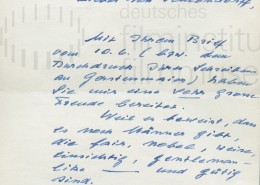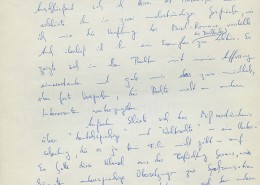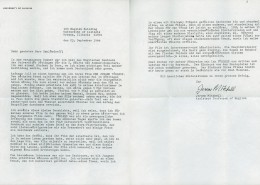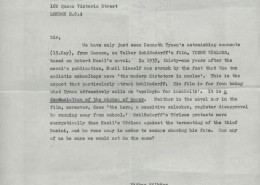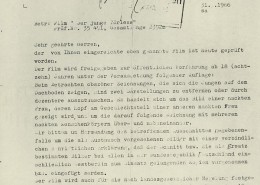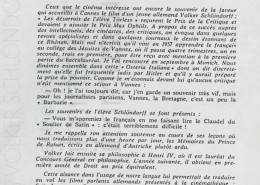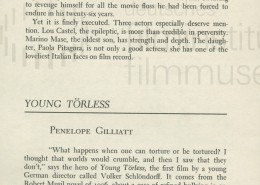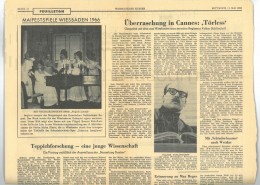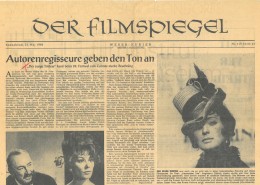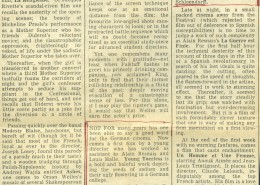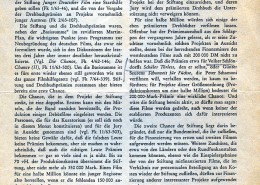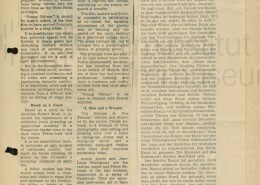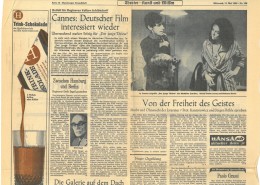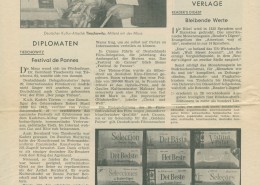Hans Werner Henze not only composed the music for DIE VERLORENE EHRE DER KATHARINA BLUM (1975) (The Lost Honor of Katharina Blum, 1975) and EINE LIEBE VON SWANN (Swann in Love, 1983/84), but also for Schlöndorff’s debut film DER JUNGE TÖRLESS (Young Törless, 1965/66). Schlöndorff, who at the time of the filming was listening to composers such as Béla Bartók and Antonín Dvořák, desired a similar, melancholic music for Törless. The producer Franz Seitz finally recommended the opera composer Henze, who came up with an exceptional idea for the instrumentation.
Instruments
In contrast to the mostly symphonic instrumentation of motion picture orchestras, Henze suggested unusual instruments of the medieval times, such as bass viols, hurdy-gurdies, wooden recorders and violas. These instruments were not yet capable of a vibrato or any other virtuosic effects: resulting in a quite simple, uncomplicated music. In Henze’s words, the reason for using such simple instruments was to reflect the “characters of the boarding pupils”, whose characteristic traits were still “incomplete” (http://www.volkerschloendorff.com/personen/hans-werner-henze/).
Structure and setup of the musical accompaniment
The unusual musical accompaniment in Törless is also visible in the structure of the composition. Henze achieved this through the composition of various short musical elements, which when merged result in a single piece: The last note of the first musical sequence connects with the first note of the second musical sequence. Henze later released this composition as a concert suite called “Fantasia for string sextet”.
Function and effect of the music
It can generally be said that the musical accompaniment is bound to the figure of Törless and does not represent the emotional world of Basini, the victim. This is done to avoid a too intense emotional involvement of the audience with Basini. Music is only heard after Törless has attented an offence by the group—just as Törless in the aftermath thinks about what had happen, the music as well represents a distant reflection of the action. The music is left out during the actual offences, stays mute, which corresponds Törless’ passivity.
Through the use of neither melancholic nor threatening tones, but quite cold tones, the sound characteristics reflect Törless’ distant, neutral attitude and his inability to obtain a position. The music, likewise to Törless, is constantly ‘observant’ and is neither used for the emotional guidance of the audience nor to illustrate the emotions of the protagonists. Moreover, due to the cold acoustic colour an emotional connection to the protagonists is difficult to obtain. The, for the current and former audience, foreign sound of the medieval times instruments increases the feeling of immerging in a different, not quite accessible world. The lack of any leading melody, which would allow to empathize with the different roles, but instead rather short, disharmonious sounding fragments results in the fact that the music is being as hard to follow as the feelings and the thoughts of the protagonists.
Overall it can be said, that the soundtrack of Törless is used intentionally to create a feeling of alienation, and not, as usually common, to illustrate the actions, feelings and motives of the protagonists and to get them across to the audience.



